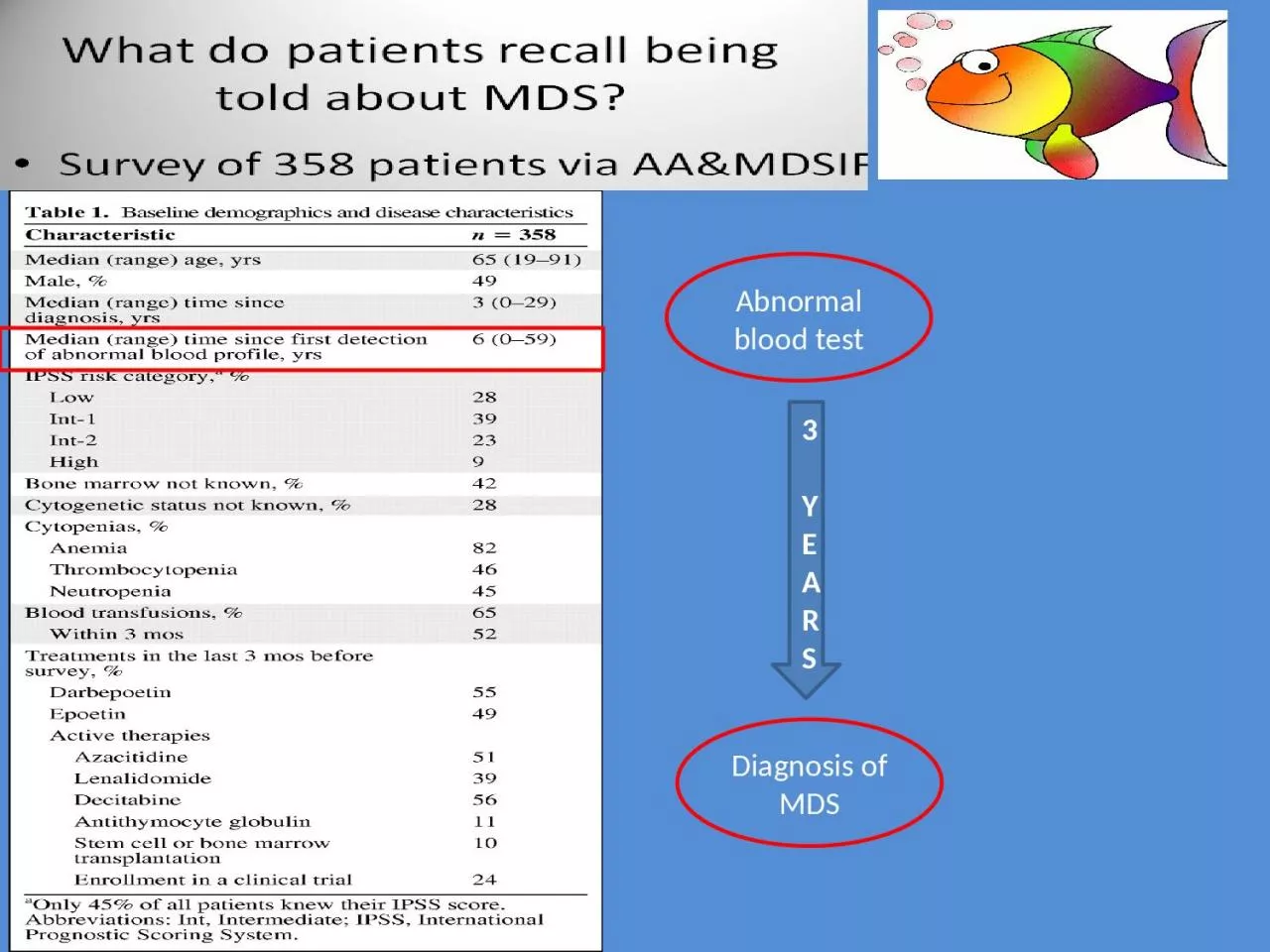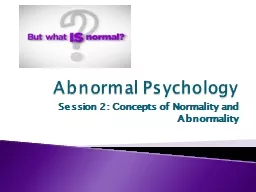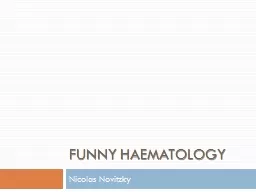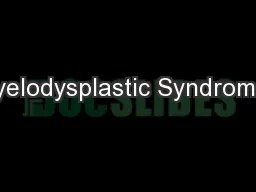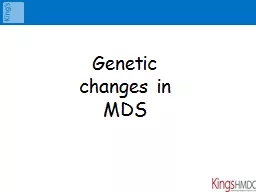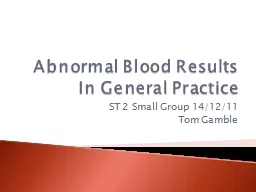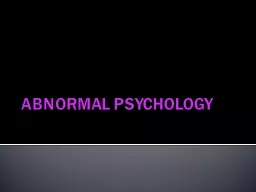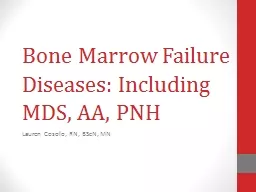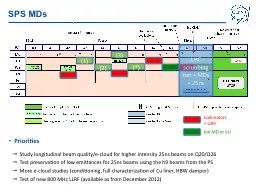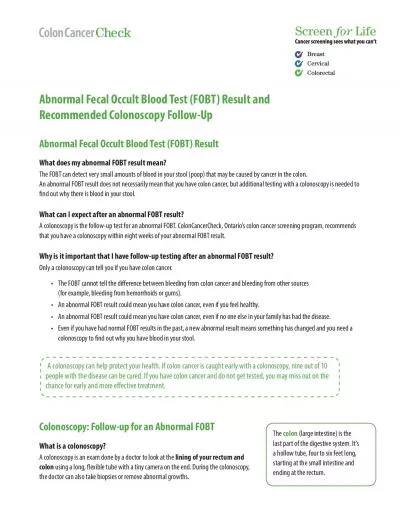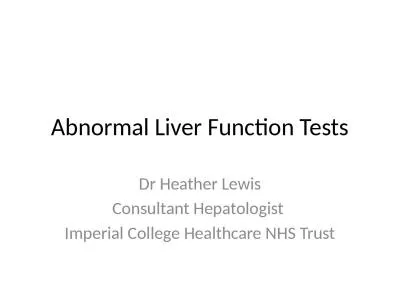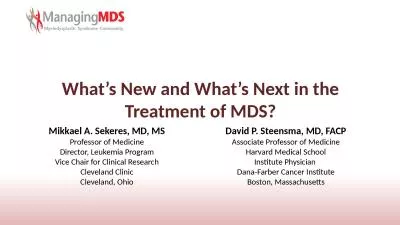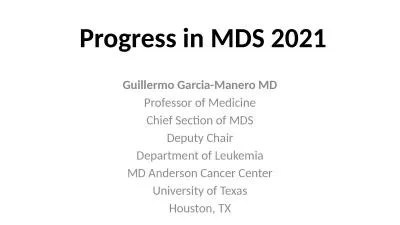PPT-Abnormal blood test Diagnosis of MDS
Author : blanko | Published Date : 2024-03-13
3 YEARS Demographics of Germany 1910 2050 and Europe Statistisches Bundesamt 2002 Eurostat 2004Percentage of people over age of 60 years in 2031 The Bone Marrow
Presentation Embed Code
Download Presentation
Download Presentation The PPT/PDF document "Abnormal blood test Diagnosis of MDS" is the property of its rightful owner. Permission is granted to download and print the materials on this website for personal, non-commercial use only, and to display it on your personal computer provided you do not modify the materials and that you retain all copyright notices contained in the materials. By downloading content from our website, you accept the terms of this agreement.
Abnormal blood test Diagnosis of MDS: Transcript
Download Rules Of Document
"Abnormal blood test Diagnosis of MDS"The content belongs to its owner. You may download and print it for personal use, without modification, and keep all copyright notices. By downloading, you agree to these terms.
Related Documents

